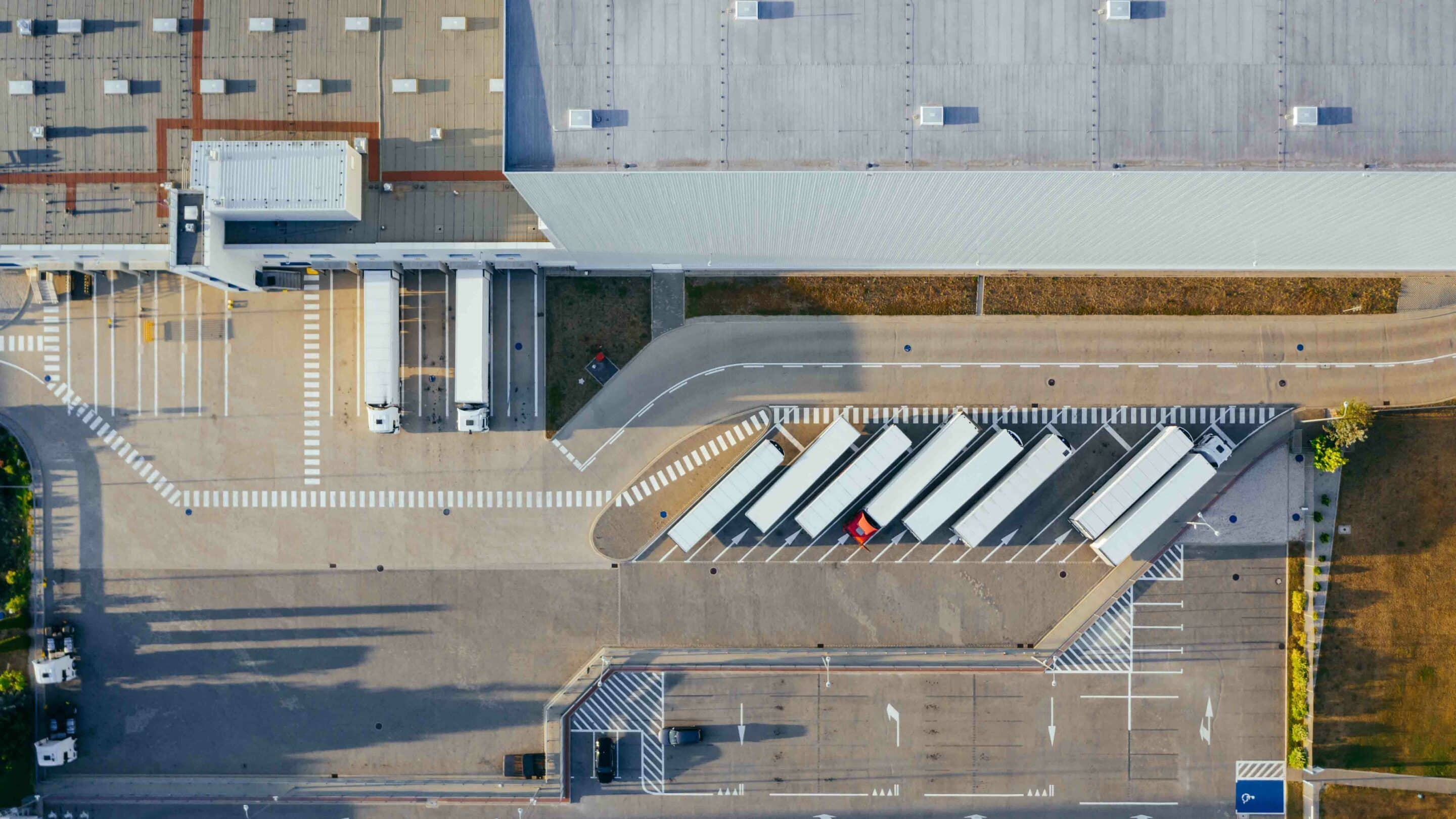
Introduction to Fulfillment Centers and Distribution Centers
In the world of ecommerce, the terms “fulfillment center” and “distribution center” are often used interchangeably. However, they represent two distinct aspects of the supply chain. But what’s the difference between the two, and which one is the best fit for your business? Let’s dive into the details.
Jump right in: Fulfillment Center vs Distribution Center
- What is a Fulfillment Center?
- The Role of Fulfillment Centers in Ecommerce
- Example: Fulfillment Center
- What is a Distribution Center?
- The Role of Distribution Centers in Ecommerce
- Example: Distribution Center
- Fulfillment Center Vs. Distribution Center
- Choosing the Right Solution for Your Business
- FAQs
What is a Fulfillment Center?
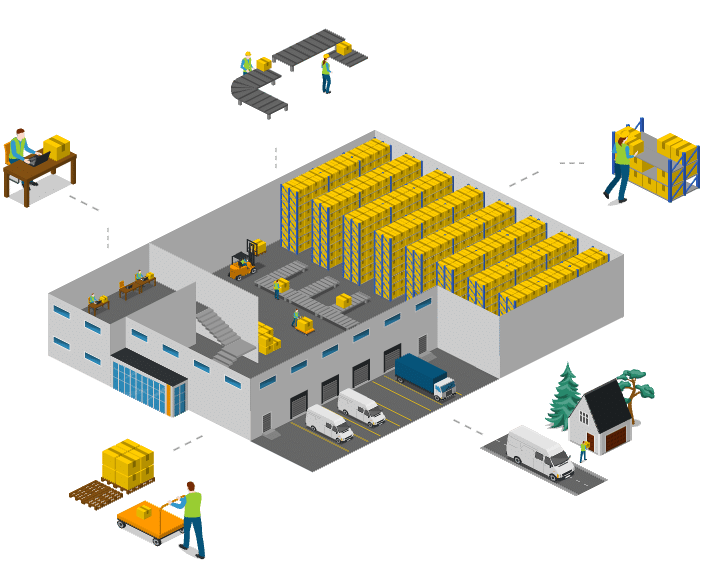
A Fulfillment Center is a large warehouse or specialized building that’s used to store inventory for businesses. These centers are primarily engaged in activities such as receiving, processing, and delivering orders on behalf of the client businesses.
Companies that use 3PL fulfillment centers are usually e-commerce businesses that require the storage of physical goods before they are shipped to customers. Fulfillment centers typically offer a range of services, which may include:
Receiving and Inventory Storage: Fulfillment centers receive goods from suppliers, scan them into an inventory management system, and store them safely until they are sold.
Order Processing: When an order is made, the fulfillment center “picks” the relevant items from storage, “packs” them securely for shipment, and “ships” the order to the customer. This process is often automated to increase efficiency and reduce error.
Returns Management: Fulfillment centers often handle product returns, where they inspect returned items, restock resalable items, and dispose of or return defective products.
Shipping and Logistics Management: These centers also manage relationships with shipping carriers, negotiate lower shipping rates, and handle order tracking and delivery updates.
The Role of Fulfillment Centers in Ecommerce
Fulfillment centers play a pivotal role in ecommerce. They handle storage, order processing, packing, shipping, and sometimes returns. They are the backbone of any ecommerce business, ensuring that customers receive their orders promptly and accurately.
Using a fulfillment center allows businesses to outsource complex and resource-intensive aspects of their operations, enabling them to focus more on their core competencies, like product development and marketing. It also offers scalability, allowing businesses to easily adjust their logistics capacity based on sales volume.
Example of a Fulfillment Center: Amazon Fulfillment Centers
- The order is sent to the nearest fulfillment center that has the item in stock.
- The item is picked from the shelves, packed into a box, and prepared for shipment.
- The package is then shipped directly to the customer’s doorstep.
This entire process is designed to be fast and efficient, allowing Amazon to deliver orders to customers in as little as one day.
Moreover, Amazon Fulfillment Centers handle a wide range of products, from books and electronics to clothing and groceries. They’re equipped to handle the complexities of ecommerce logistics, including managing a diverse inventory, packing individual orders, and processing returns.
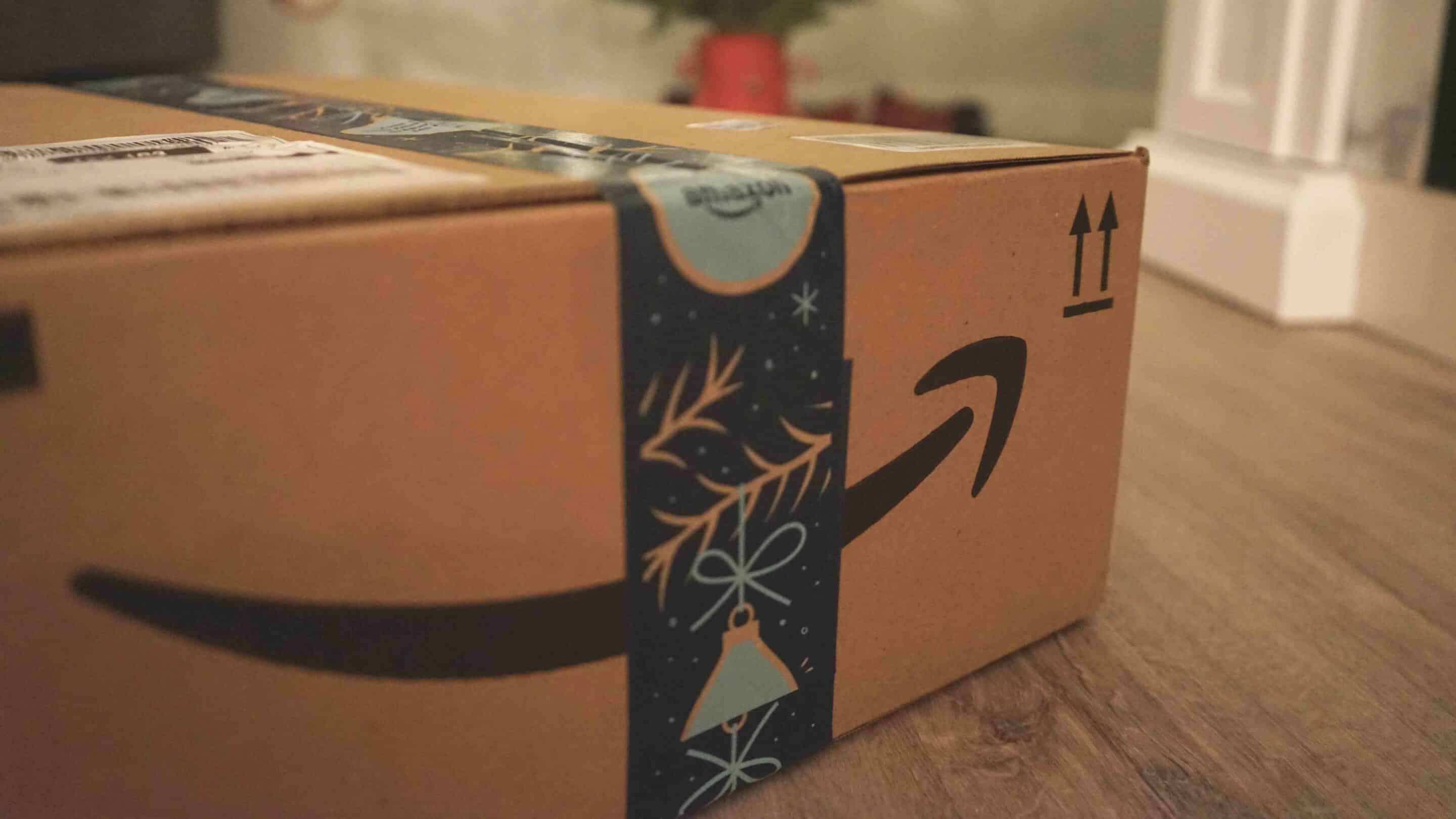
Example:
Imagine a customer in New York orders a book. The order is sent to an Amazon Fulfillment Center in New Jersey, where the book is picked from the shelves, packed, and shipped directly to the customer’s address in New York. The entire process is quick, allowing the customer to receive the book in just a couple of days.
Key benefits of fulfillment centers include:
Speed: Fulfillment centers are designed for quick turnaround, which can help you deliver orders to customers faster.
Flexibility: They can handle a wide range of products and order volumes, making them a good choice for businesses with diverse product lines or seasonal sales patterns.
Customer service: Many fulfillment centers provide customer service, handling returns and answering customer queries on your behalf.

Need Help Choosing a Fulfillment Center for your Business?
Read our article and check out the top 21 fulfillment centers in the US. Find out which one is the best fit for your ecommerce business!
What is a Distribution Center?
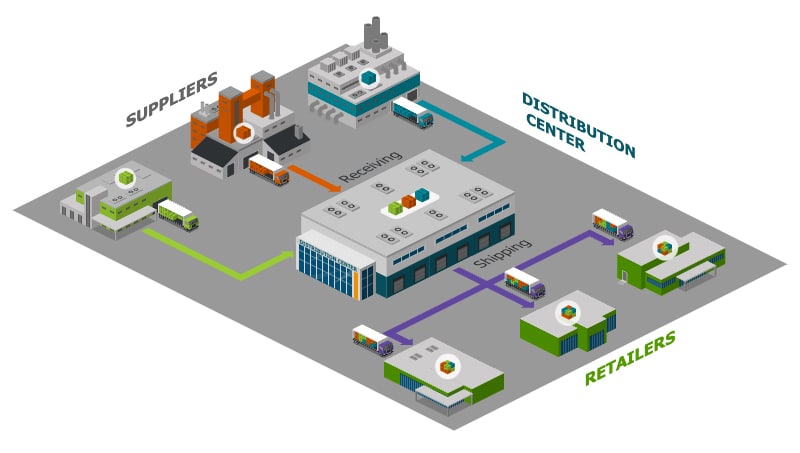
A distribution center is a hub in the supply chain where products are received from suppliers and then distributed to retail stores or other fulfillment centers. Unlike fulfillment centers, they are not typically involved in shipping products directly to consumers.
Distribution centers play a pivotal role in order fulfillment, primarily undertaking the following functions:
Storage and Inventory Management: Distribution centers store products for relatively short periods. The goal is to continuously move inventory, not to store it for long durations like a warehouse. They maintain an efficient inventory management system to keep track of incoming and outgoing goods.
Cross-Docking: In cross-docking, products from a supplier or manufacturing plant are distributed directly to a customer or retail chain with minimal to no handling or storage time. This process increases efficiency and turnaround time in the supply chain.
Consolidation: They consolidate smaller product loads into larger, more efficient shipping loads for transport to the same destination.
Break Bulk: The opposite of consolidation, break bulk involves taking a large shipment and breaking it into smaller loads for transportation to various different destinations.
The Role of Distribution Centers in Ecommerce
In ecommerce, distribution centers serve as a central hub for storing products and redistributing them to various fulfillment centers or retail outlets. They help ensure that inventory levels are maintained across different locations.
Distribution centers are integral to ensuring efficient supply chain management. They can significantly reduce delivery time by strategically locating near the key market areas, and by serving as central points for product collection and distribution, which helps businesses maintain continuity and meet customer demand
Example of a Distribution Center: Walmart Distribution Centers
- Walmart Distribution Centers receive large shipments of products from suppliers.
- These products are stored in the distribution center until they’re needed at Walmart stores.
- When a store needs more stock, the products are packed onto a truck and shipped in bulk to the store.
This process is all about efficiency and cost-effectiveness at scale. By consolidating shipments and delivering products in bulk, Walmart can keep its stores stocked while minimizing shipping costs.
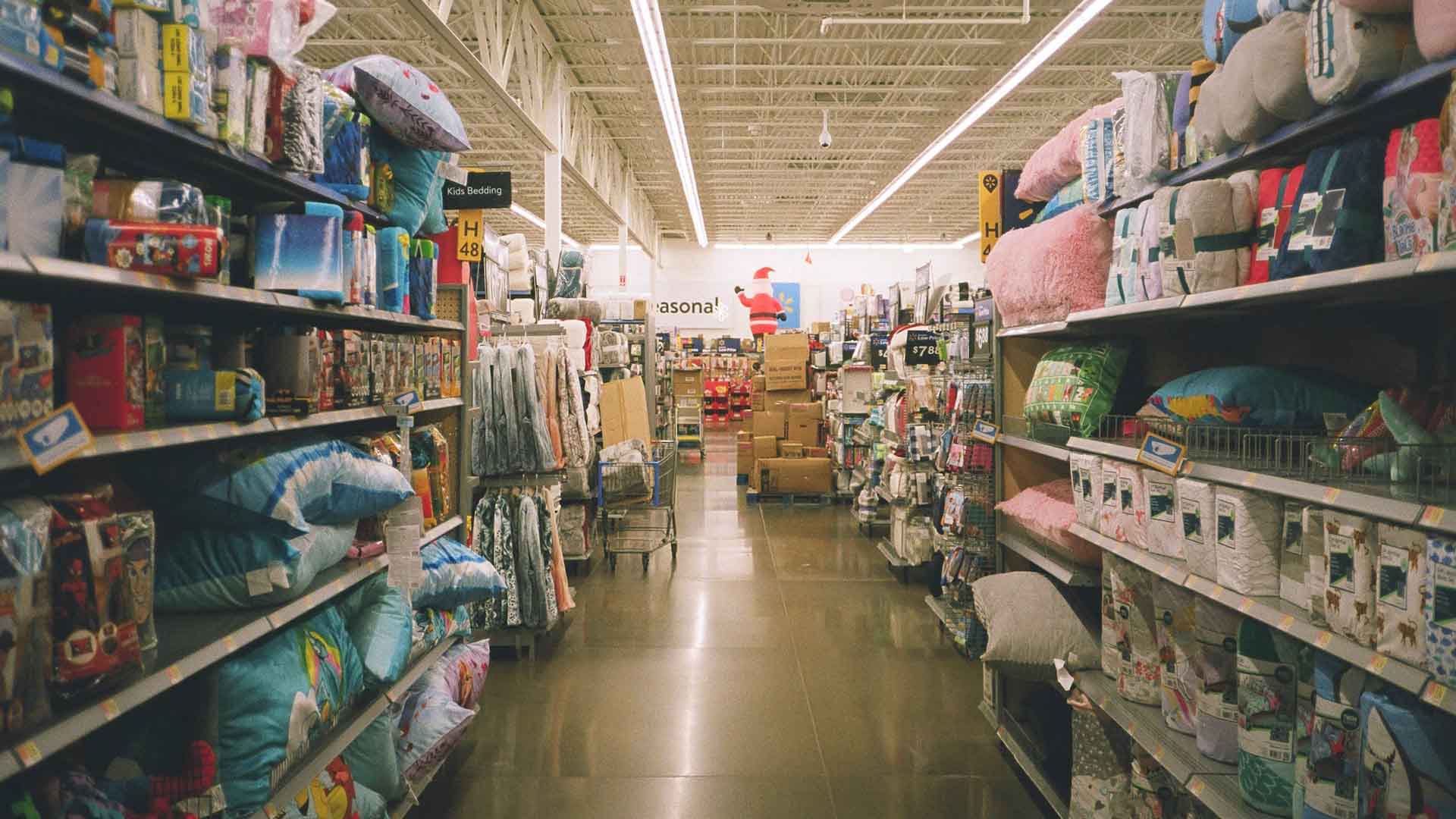
Example:
Imagine a Walmart Distribution Center in Texas. It receives a large shipment of a popular toy from a supplier. The toys are stored in the distribution center until they’re needed at Walmart stores in the region. When a store in Dallas runs low on stock, a bulk shipment of the toys is sent from the distribution center to the store. The toys are then put on the shelves for customers to buy.
Key benefits of distribution centers include:
Efficiency: Distribution centers can handle large volumes of products, making them a cost-effective choice for high-volume businesses.
Inventory management: They provide a centralized location for storing and managing your inventory.
Retail distribution: If you sell through retail channels, a distribution center can efficiently distribute your products to multiple locations.
Fulfillment Center vs Distribution Center
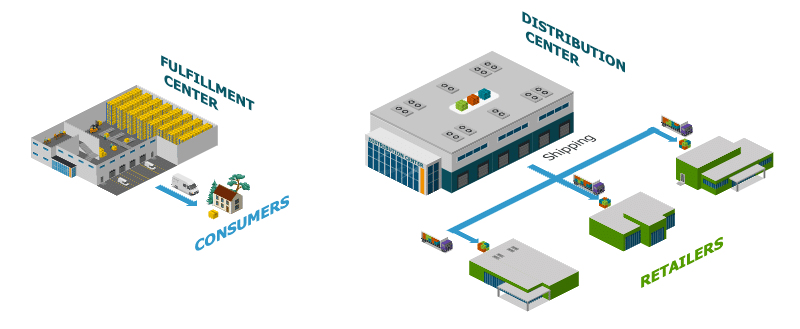
A Fulfillment Center and a Distribution Center are both key components of supply chain management. A Fulfillment Center is primarily focused on processing and shipping orders to end customers, often associated with e-commerce businesses. On the other hand, a Distribution Center is responsible for receiving, storing, and distributing goods from suppliers to various retail locations. While both centers play crucial roles, they differ in their main objectives within the supply chain process.
Choosing the Right Solution for Your Business
So, how do you choose a fulfillment center vs distribution center for your ecommerce business? The answer depends on your business model, sales volume, and customer expectations.
If you primarily sell directly to consumers (D2C) and need to process individual orders quickly, a fulfillment center is likely the best choice. They’re designed to handle the complexities of ecommerce logistics, from packing and shipping individual orders to handling returns.
On the other hand, if you sell in bulk to retailers (B2B) or have a large network of warehouses, a distribution center could be a better fit. They’re designed for efficiency at scale, making them a cost-effective choice for high-volume businesses.
Remember, the right logistics solution can make a big difference to your bottom line. So, take the time to understand your options and choose the one that best fits your business needs.
Experience What a Fulfillment Center Can Do!
Get a quote and see how eFulfillment Service could help ease the processes of fulfilling your ecommerce orders.
FAQs: Fulfillment Centers vs Distribution Centers
What is the main difference between a fulfillment center and a distribution center?
The main difference lies in their end customers. Fulfillment centers cater directly to end consumers, while distribution centers cater to other businesses or retail outlets.
Which is more cost-effective: a fulfillment center or a distribution center?
The cost-effectiveness depends on your business model. For small businesses selling directly to consumers, a fulfillment center might be more cost-effective. For larger businesses with multiple retail outlets, a distribution center could be a better choice.
Can a business use both a fulfillment center and a distribution center?
Yes, many large ecommerce businesses use both. They store large volumes of products in distribution centers and use fulfillment centers to process and ship individual orders.
Can Some Fulfillment Centers also be Distribution Centers?
Some fulfillment centers have the capability to distribute goods through other channels such as large retailers or other businesses. If your business sells both directly to consumers (D2C) as well as wholesale to other businesses (B2B), choosing a fulfillment center that can handle both can help you streamline your logistics.


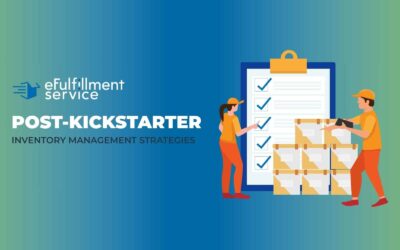
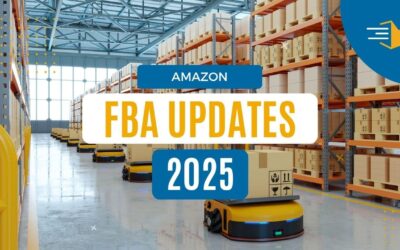
Amazon’s SCM is amazing